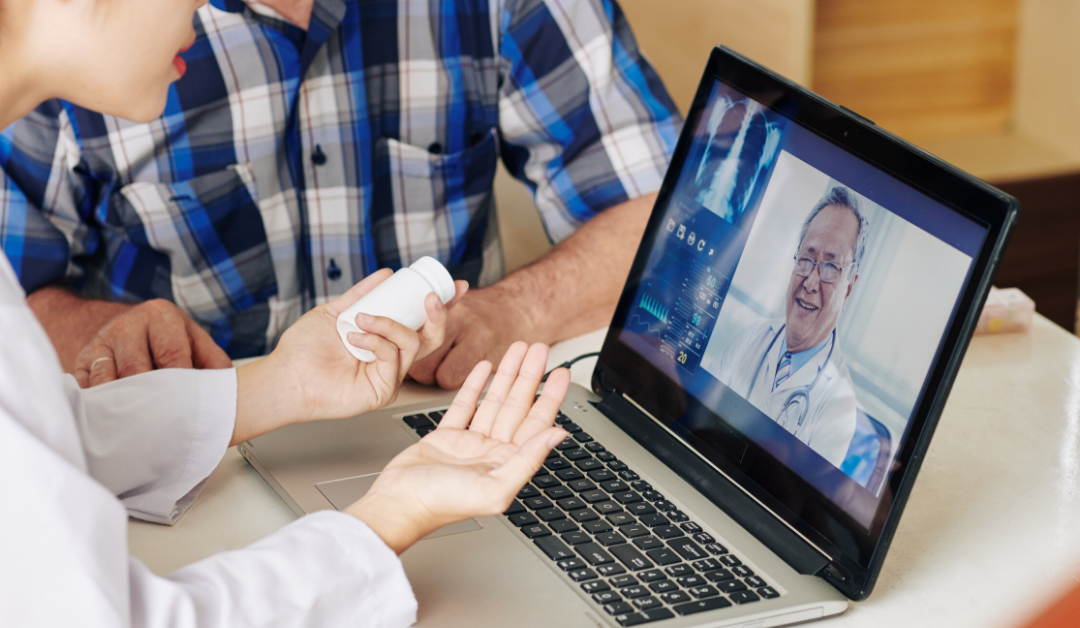The revolution of 5G will give an explosive boost to healthcare. Fifth-generation wireless technology grants the ability to handle a huge amount of connections at unprecedented speeds.
For example, 5G will be a crucial part of sending large images, paving the way for MRIs and X-rays to operate wirelessly. It will also support using virtual and augmented reality for training medical scenarios. Fifth-generation technology will benefit the Internet of Medical Things devices and other wearable technology that will allow medical staff to conduct remote patient monitoring.
Utilization of Telemedicine
Due to COVID-19, the usage of telemedicine has increased. Some telemedicine apps are showing that digital appointments have increased by 70% or more. However, 5G will encourage even more widespread adoption. With the ability to support real-time, HD video without slowing down the network, video communication between providers and patients will give access to a higher quality of care across the world.
AR and VR
In education, having the ability to train in a real-life environment is one of the best teachers. But 5G will open the door to alternatives that include augmented and virtual reality, helping medical staff explore procedures in an engaging, hands-on way. Since it is digital, experiencing a wide variety of scenarios will be part of the educational process. That means being better prepared if, or when, the same situation occurs on the job.
Patient Monitoring and Wearables
The ability to monitor patients is always a top priority. By using the Internet of Things (IoT) and wearable devices, healthcare providers will be able to remotely monitor vitals, track medications, and to transfer data to staff to make faster, smarter decisions.
Devices between staff will operate on a faster, more stable network. That means large blocks of data can be transferred in real-time, further improving the decision making process and allowing improved patient care.
Data Transfer
The most dramatic transformation in 5G healthcare lies with the ability to send and receive huge amounts of data in real-time. Information like MRIs, X-rays, and CAT scans will be sent and received in an instant. Transferring data at that rate will change the healthcare landscape. Giving medical staff the ability to improve care by reducing the time it takes to reach a diagnosis and begin treatment will save lives.
Access to near real-time data gives medical professionals the ability to make quick decisions. It also means better communication between staff and patients, improving the medical experience. Fifth-generation technology will change the world, but no sector will see the biggest changes than healthcare. 5G will enable a reliable connection to allow medical workers to make smarter and faster healthcare decisions for more patients, saving even more lives.
